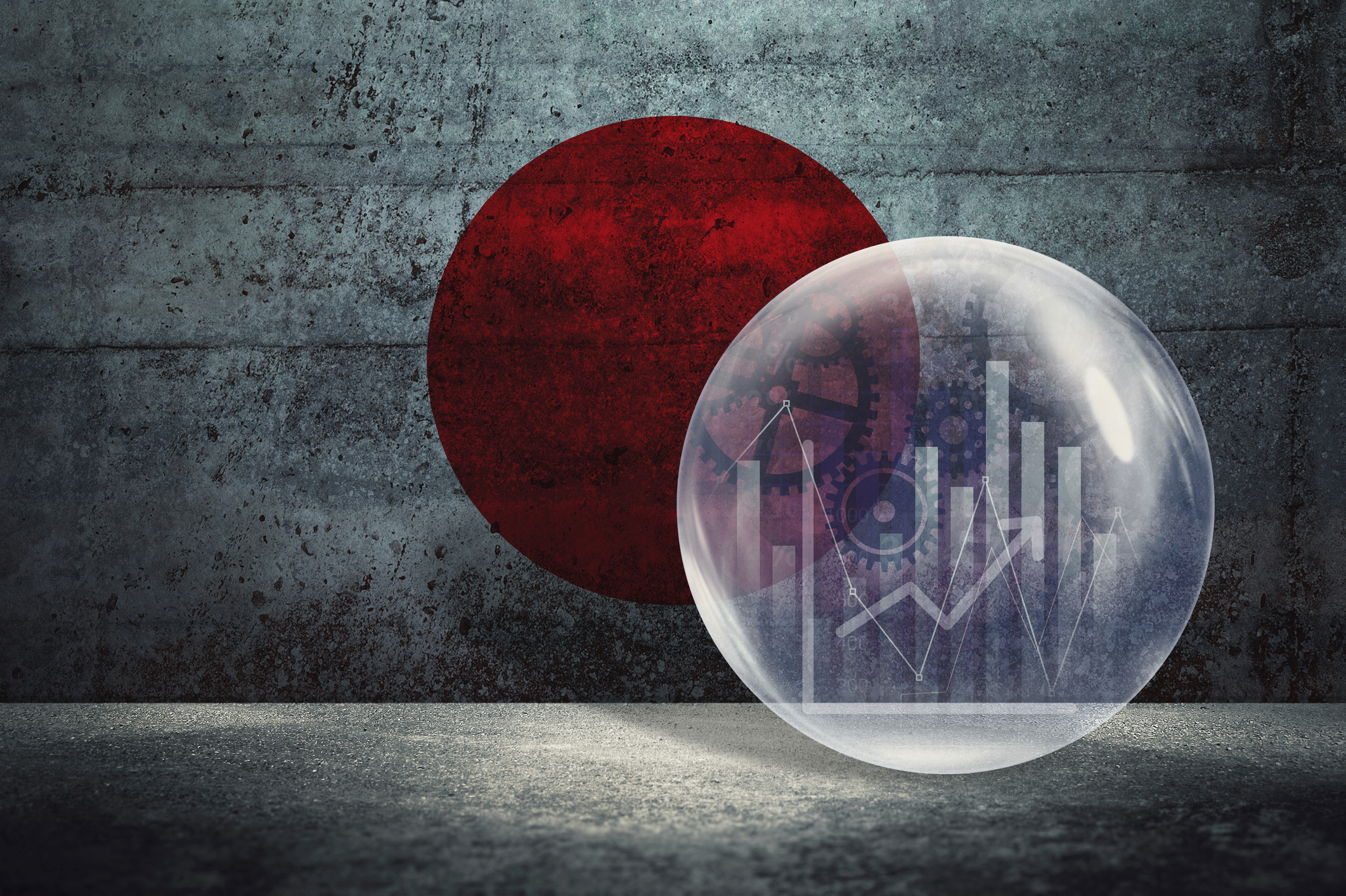Unleashing the Chinese Consumer
By the next decade, look for Chinese shoppers to drive up consumption for American items: food, financial services and more.

As China’s economy matures, moving from the export-led growth of the past 35 years to an economy in which consumers drive growth, the whole world will feel the shift. Global production and trade patterns will realign, bringing both new challenges and new opportunities.
SEE ALSO: 8 Keys to Picking Winning Emerging Markets
The process won’t be quick -- decades, rather than years. There’s enormous potential for economic growth in unleashing China’s billions of consumers, but a long way to go to before they’ll play anything like the role U.S. consumers play in the American economy. Household consumption now accounts for only a third of China’s GDP. In the U.S., it makes up more than two-thirds of GDP.
And it will take some bold policy moves from Beijing just to get the process started: Tax changes to spread the wealth and boost incomes. Financial and possibly even social welfare reforms to encourage more spending and less cash hoarding. (Chinese households usually squirrel away 30%-40% of their income for old age and medical expenses, much of it under the mattress or in bank deposits with low, government-set interest rates.) And more.
From just $107.88 $24.99 for Kiplinger Personal Finance
Become a smarter, better informed investor. Subscribe from just $107.88 $24.99, plus get up to 4 Special Issues

Sign up for Kiplinger’s Free Newsletters
Profit and prosper with the best of expert advice on investing, taxes, retirement, personal finance and more - straight to your e-mail.
Profit and prosper with the best of expert advice - straight to your e-mail.
“Much of this is in the realm of possibility so far,” says China expert Nicholas Lardy of the Peterson Institute for International Economics. “They’ve talked about policy changes but not yet actually done much.”
But by 2020, a noticeable change is likely. Even now, there are signs. A new national minimum wage set for 2015 will help increase workers’ incomes. In fact, incomes are already being pushed higher by demand for labor. Taxes, fees and other constraints on small businesses are being eased. And China’s new leaders are tolerating, if not orchestrating, slower growth -- making clear their willingness to pay the price of shifting to a consumer-led economy.
For the U.S., the coming transformation offers tremendous opportunities, as 1.3 billion Chinese consumers become increasingly willing and able to buy more. Among industries poised to benefit:
- Food and agriculture. Demand for imports of meat and poultry, in particular, will soar, along with feedstuffs, processing equipment and expertise needed to raise more livestock domestically.
- Environmental equipment, as China seeks to clean up its polluted air, land and water.
- Financial services -- everything from credit card processing to insurance to mechanisms for investing.
- Other services, such as health care, education, tourism and transportation.
In addition, continued and rising demand for energy means demand for expertise in fracking natural gas deposits, for example, as well as for special drilling equipment, advanced coal-burning technologies, next-generation, high-tech nuclear reactors, etc.
At the same time, a move away from basic industries spells changes, too. China’s seemingly insatiable demand for some commodities will ease as basic, heavy manufacturing takes on a smaller role. That’s bad news for Chile, Brazil, Zambia and others that are heavily dependent on exporting commodities to the Asian giant.
There’s also the prospect of faster growth in other emerging economies -- Bangladesh, India, Indonesia and Vietnam, for example -- as more manufacturing shifts to them.
Profit and prosper with the best of Kiplinger's advice on investing, taxes, retirement, personal finance and much more. Delivered daily. Enter your email in the box and click Sign Me Up.

-
 The Stoic Retirement: Ancient Wisdom for Today's Reality
The Stoic Retirement: Ancient Wisdom for Today's RealityA "Stoic retirement" doesn't mean depriving yourself. It's a character-based approach to life and aging that can bring calm and clarity.
-
 My Teen Crashed His Car and Now Our Insurance Has Tripled. What Now?
My Teen Crashed His Car and Now Our Insurance Has Tripled. What Now?Dealing with the costly aftermath of a teen car accident is stressful. Here are your options for navigating it.
-
 11 Outrageous Ways To Spend Money in Retirement
11 Outrageous Ways To Spend Money in RetirementWhether you have excess cash to spend or want to pretend, here’s a look at 11 ridiculous ways retirees can splurge.
-
 What to Expect from the Global Economy in 2026
What to Expect from the Global Economy in 2026The Kiplinger Letter Economic growth across the globe will be highly uneven, with some major economies accelerating while others hit the brakes.
-
 Amid Mounting Uncertainty: Five Forecasts About AI
Amid Mounting Uncertainty: Five Forecasts About AIThe Kiplinger Letter With the risk of overspending on AI data centers hotly debated, here are some forecasts about AI that we can make with some confidence.
-
 Worried About an AI Bubble? Here’s What You Need to Know
Worried About an AI Bubble? Here’s What You Need to KnowThe Kiplinger Letter Though AI is a transformative technology, it’s worth paying attention to the rising economic and financial risks. Here’s some guidance to navigate AI’s future.
-
 Will AI Videos Disrupt Social Media?
Will AI Videos Disrupt Social Media?The Kiplinger Letter With the introduction of OpenAI’s new AI social media app, Sora, the internet is about to be flooded with startling AI-generated videos.
-
 What Services Are Open During the Government Shutdown?
What Services Are Open During the Government Shutdown?The Kiplinger Letter As the shutdown drags on, many basic federal services will increasingly be affected.
-
 The Economy on a Knife's Edge
The Economy on a Knife's EdgeThe Letter GDP is growing, but employers have all but stopped hiring as they watch how the trade war plays out.
-
 Apple Readies for AI Upgrade with New iPhones
Apple Readies for AI Upgrade with New iPhonesThe Kiplinger Letter The tech giant has stumbled when it comes to artificial intelligence, but a new batch of iPhones will help it make headway.
-
 Japan Enters a New Era of Risk and Reform
Japan Enters a New Era of Risk and ReformThe Kiplinger Letter Japan has entered a pivotal moment in its economic history, undertaking ambitious policy and structural reforms to escape from decades of stagnation.